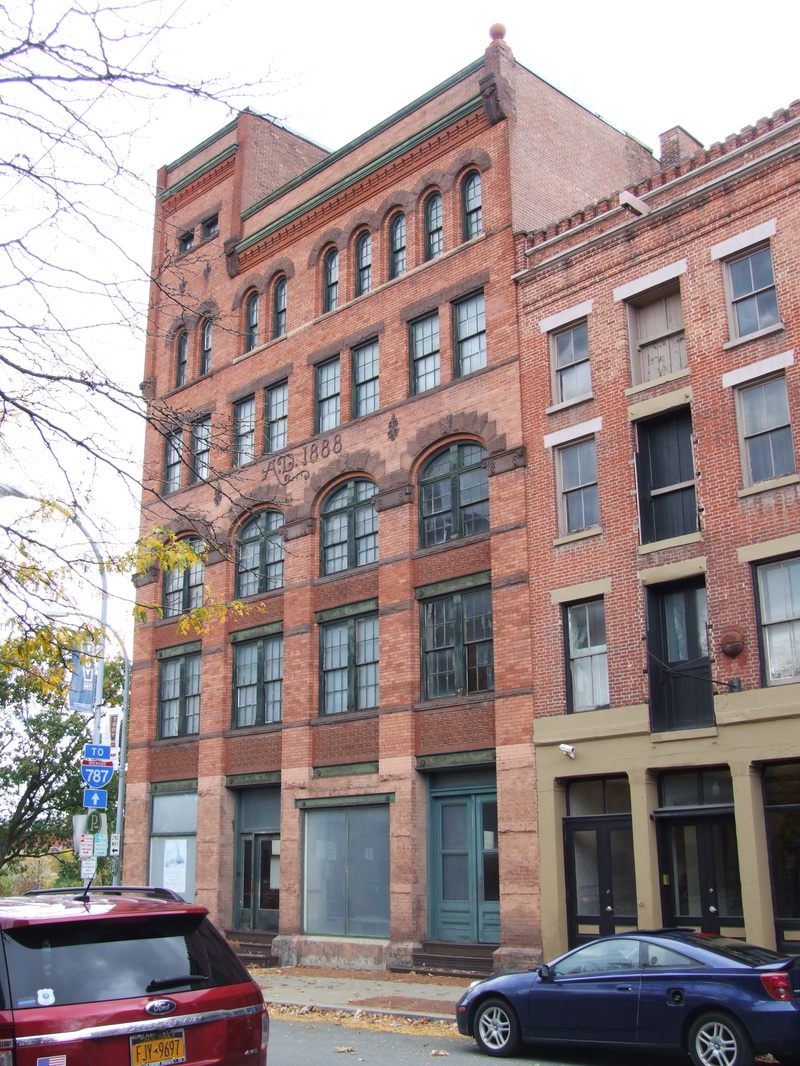|
The city of Troy’s position on the Hudson River was essential to its growth as one of the 19th century’s most prosperous American cities. “Location, location, location,” is a real estate rule of thumb for a good reason. Troy is uniquely positioned to take advantage of the joining of the Hudson and Mohawk Rivers on its northern border, and the confluences of the Poestenkill and Wynantskill Creeks in South Troy. The Mohawk and Hudson are both part of the Erie and Champlain Canal system which allowed goods and commodities to flow between the Great Lakes, the Midwest, Canada and New York City, while the water power of the creeks made Troy’s large iron and steel industry possible. Troy’s position along the Hudson also empowered the textile, collar and cuff industry which gave the city the nickname “the Collar City.” So what kind of businesses were along River Street? What were their products or services? When were they built? Who were the owners, and what kinds of changes happened to the businesses, the buildings, and the city over the decades? That’s the topic of the next few blog posts. For the first post on this topic, please check this blog's previous post.
5 Comments
As the young city of Troy grew in the early 1800s, River Street soon emerged as Troy’s most important thoroughfare. It made sense – the Hudson River was the source of the city’s growing importance as a nexus point for commerce traveling between New York City and Canada, and across to New England and central and western New York.
By 1820, River Street in downtown Troy was lined with businesses, most of them mercantile. Goods landing in Troy by barge and watercraft could very easily be directly loaded or unloaded on the river, right behind a merchant’s place of business. Local records show that these businesses included wholesale grocers, hardware dealers, printers, drug companies and chandlers – merchants who outfitted ships with rope, sails, foodstuffs, hardware and other supplies. In 1820, a disastrous fire raged through Troy, destroying most of downtown, which of course, had many more wood-framed buildings than it does today. A plaque at 225 River Street marks where the fire stopped, but not before doing an incredible amount of damage. A map of the “Burnt District” shows where the fire consumed everything in its path. All the buildings now on downtown River Street were built after this fire. |
AuthorMy name is Suzanne Spellen. I've been many things: a writer, historian, preservationist, musician, traveler, designer, sewer, teacher, and tour guide; a long time Brooklynite and now, a proud resident of Troy, NY. Archives
February 2019
Categories
|



 RSS Feed
RSS Feed
